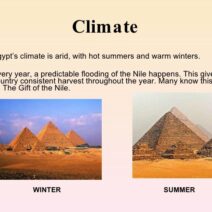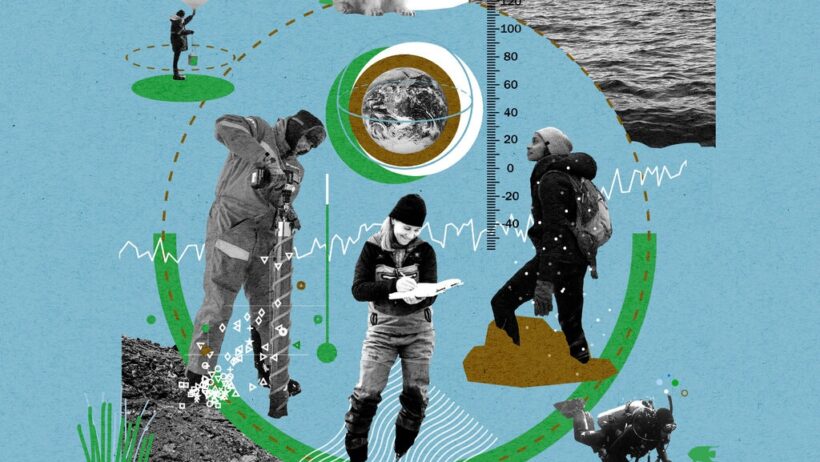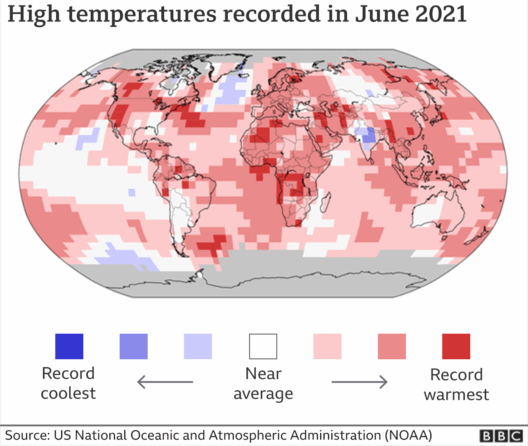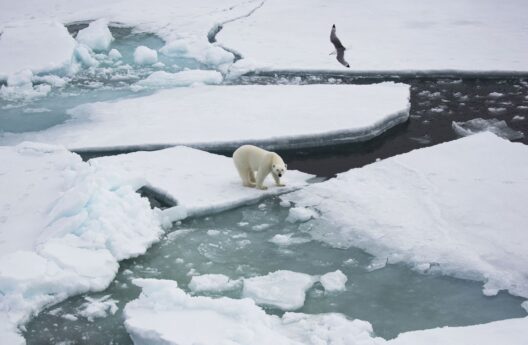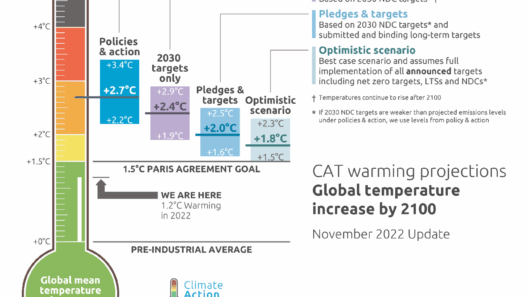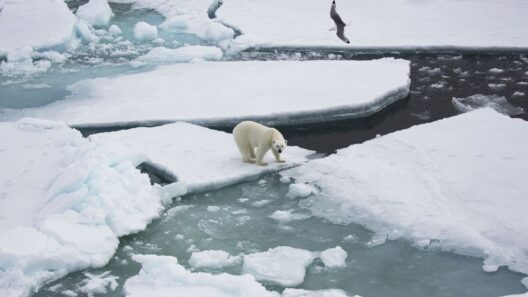Over the past few decades, there has been a discernible shift in terminology within environmental discourse, particularly from “global warming” to “climate change.” This transformation in nomenclature is noteworthy, as it reflects not only an evolution in scientific understanding but also an adaptation to broader societal perceptions and concerns regarding our planet’s health. Understanding the implications of this shift illuminates the nuances surrounding climate discourse and highlights our collective responsibility toward environmental stewardship.
To grasp this seemingly simple change in language, it is essential to define the terms themselves. “Global warming,” specifically, refers to the long-term increase in Earth’s average surface temperature due to human-induced emissions of greenhouse gases, such as carbon dioxide and methane. In contrast, “climate change” encompasses a more extensive range of changes occurring within the Earth’s climate system, including temperature fluctuations, precipitation patterns, and the frequency of extreme weather events. This broader term incorporates the myriad consequences of global warming while also addressing natural variability and long-term climate phenomena.
The choice of “climate change” over “global warming” indicates a strategic broadening of focus. The latter term evokes a singular narrative: the gradual increase in temperatures. While this is undeniably significant, it can inadvertently downplay the complexity and multifaceted nature of environmental challenges. Climate change encapsulates shifts in ecosystems, biodiversity loss, ocean acidification, and social implications, such as displacement and economic destabilization—all of which require urgent attention.
One driving force behind this shift in terminology is the realization that climate issues transcend mere temperature increases. As research deepened, scientists began to recognize that spikes in temperature are only one aspect of the ongoing changes reshaping our planet. It became glaringly evident that melting ice sheets, sea-level rise, and alterations in weather patterns are all manifestations of a changing climate. Thus, the language adopted must reflect this complexity to effectively convey the urgency of the situation.
Furthermore, a change in terminology can facilitate engagement with a broader audience. While “global warming” may induce apocalyptic imagery and elicit fear, “climate change” possesses a more neutral connotation, which may provoke critical thinking and dialogue rather than paralysis. This shift in framing has enabled educators, policymakers, and advocates to communicate the nuanced realities of the situation more effectively, appealing to those who might otherwise be disengaged from environmental issues.
Moreover, the notion of climate change aligns with the principle of climate justice. By emphasizing change rather than warming, we acknowledge that certain populations are disproportionately affected by environmental changes. Communities in developing nations, often the least responsible for emissions, bear the brunt of extreme weather events and ecological degradation. This paradigm encourages solidarity and prompts a more comprehensive understanding of responsibility and reparative action.
Yet, the transition from global warming to climate change is not merely a semantic exercise; it also reveals societal attitudes and priorities. The term “global warming” can summon images of individual blame, directing attention toward personal consumption patterns. In contrast, “climate change” broadens the focus to systemic issues, such as fossil fuel dependency and unsustainable agricultural practices necessitating collective action from governments and corporations.
However, this shift is not devoid of criticism. Some argue that by opting for “climate change,” there is a risk of diluting the message. The stark reality of global warming—its immediate threats and consequences—can become overshadowed by the more palatable and ambiguous term “climate change.” This potentially mitigates the urgency of action that is desperately needed. The distinction may contribute to complacency, where individuals feel less compelled to act due to a lack of specific, alarming indicators traditionally associated with global warming.
In realizing the dual implications of terminology, it is essential to consider the narratives cultivated within cultural contexts. The 24-hour news cycle often favors sensationalism, favoring attention-grabbing headlines over thorough explorations of complex issues. Hence, the broader terminology of “climate change” allows for a more expansive array of stories to be told, useful in engaging diverse stakeholders, ranging from scientists to affected communities.
Moving forward, the discourse surrounding climate will continue to evolve. As political landscapes shift and scientific revelations emerge, it is crucial to remain vigilant about the language used to describe these phenomena. The implications of our terminology are profound; it shapes not only our understanding but also our response strategies. The challenge lies in balancing clarity with comprehensive representation of the climate crisis to inspire transformative action.
In conclusion, while the shift from “global warming” to “climate change” may seem merely a facet of lexical evolution, it serves as a window into deeper societal reflections on our relationship with the environment. As the climate crisis intensifies, nuanced language can help forge connections that illuminate the complexity of the barriers faced and the collaborative pathways available toward sustainability. Embracing this comprehensive understanding fosters an informed and engaged populace, primed to tackle one of the most pressing issues of our time.


